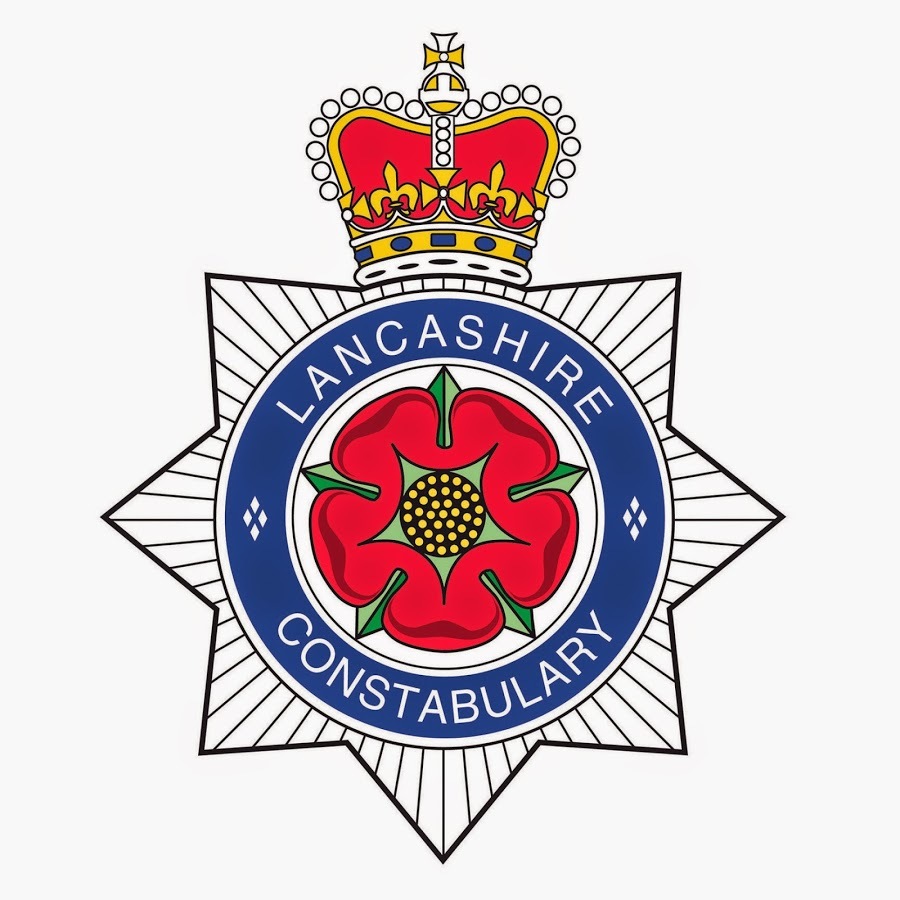
The youngster made the error during an English lesson at a Lancashire school, and the following day police arrived at his home to interview him and examine the family laptop.
Instead of writing that he lives in a “terraced house”, he accidentally wrote that he lived in a “terrorist house”.
The boy’s family said the incident on December 7 had shocked them and asked for the police and school to apologise.
His cousin, who has not been named to protect the schoolboy’s identity, told the BBC: “You can imagine it happening to a 30-year-old man, but not to a young child.
“If the teacher had any concerns it should have been about his spelling.
“They shouldn’t be putting a child through this. He’s now scared of writing, using his imagination.”
She added that she initially thought the incident had been a joke.
A spokeswoman for Lancashire Police said: “This was reported to the police but was dealt with by a joint visit by a Pc from the division and social services, not by anyone from Prevent.
“There were not thought to be any areas for concern and no further action was required by any agency.”
Since last July teachers have been legally obliged to report any suspected extremist behaviour to police as part of the Government’s Prevent anti-radicalisation strategy.
At the time the Department for Education (DfE) issued advice for schools and childcare providers on how to meet the new requirement – known as the Prevent duty.
It said: “Schools and childcare providers can also build pupils’ resilience to radicalisation by promoting fundamental British values and enabling them to challenge extremist views.
“It is important to emphasise that the Prevent duty is not intended to stop pupils debating controversial issues.
“On the contrary, schools should provide a safe space in which children, young people and staff can understand the risks associated with terrorism and develop the knowledge and skills to be able to challenge extremist arguments.”
Schools are expected to assess the risk of children being drawn into terrorism, which can include support for extremist ideas that are “part of terrorist ideology”.

Enjoy the convenience of having The Sunday Post delivered as a digital ePaper straight to your smartphone, tablet or computer.
Subscribe for only £5.49 a month and enjoy all the benefits of the printed paper as a digital replica.
Subscribe